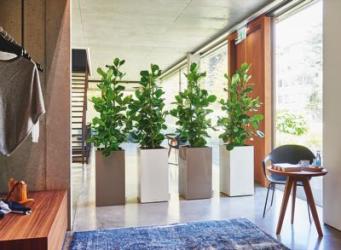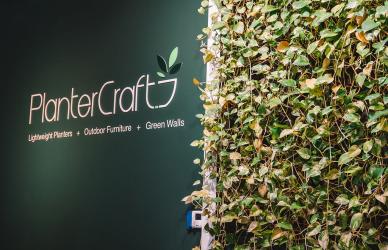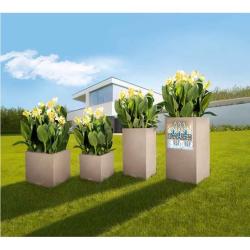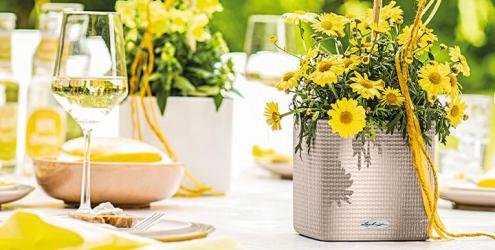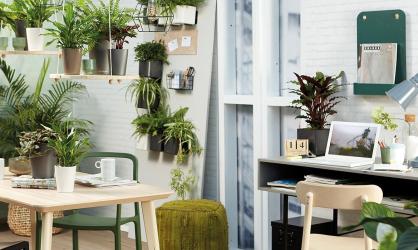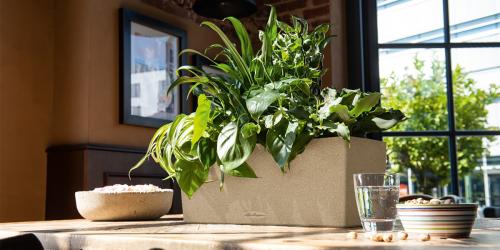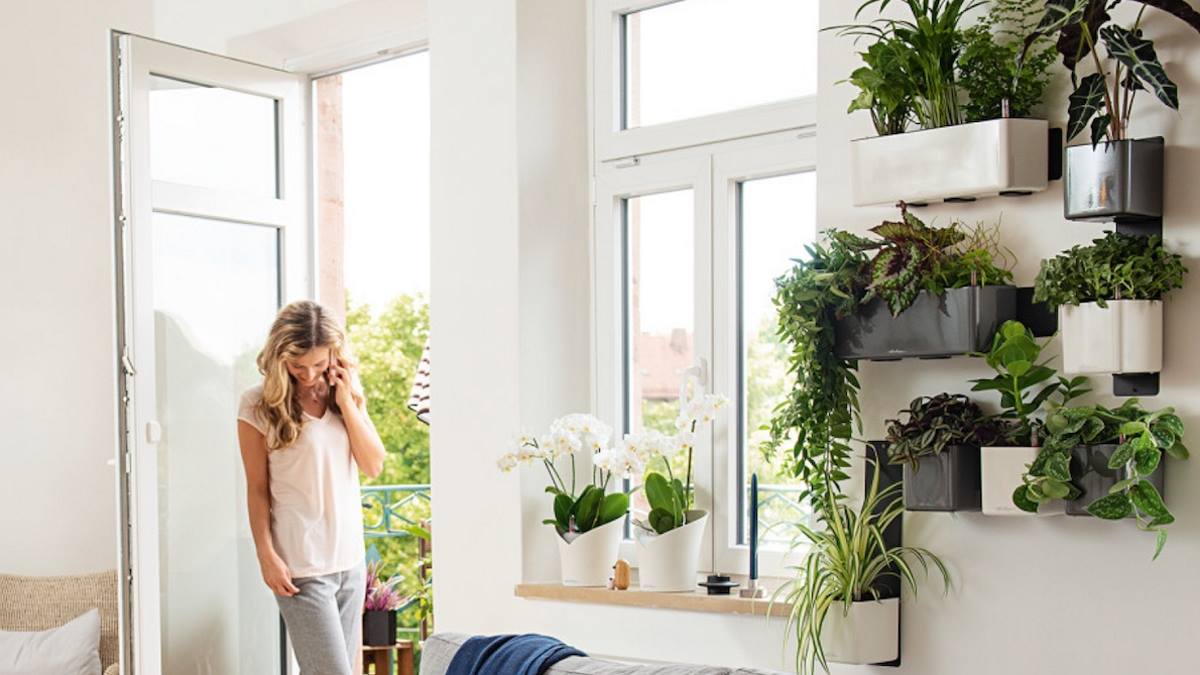
Why are your indoor plants dying?
Watering
The most common reason for indoor plants dying is overwatering and most people don’t know they are even doing it. The soil at the top of the pot might be dry, but that doesn’t mean that the roots need water. There might be a layer of moisture down around the roots. If you add water to the pot, it will prevent this layer from properly draining or evaporating. This will cause the plant to suffocate – first affecting the thin roots whose role it is to gather nutrients and water, then moving onto to the bigger roots. So, what can you do? Firstly, ensure that your pot has good drainage holes in the bottom and gravel for excess water to run through. We highly recommend using soil substitute PON. Secondly, invest in a good quality planter with a sub irrigation system. Lechuza indoor planters have many styles and colours to choose from. Thirdly, do a bit of research on the plant and find out how much water it actually needs. You will probably find that it needs a lot less than you think. The team at Plantercraft are more than happy to assist you with any questionsLight
Photosynthesis. It is a process where plants and other organisms convert light from the sun into chemical energy, which it uses as fuel to live and grow. So it’s essential that they receive a fair amount of sunshine.
This video explains the process in easy to understand terms
There are a number of plants that can grow pretty well without a lot of sun – but ordinarily, plants need quite a lot of it. If your space does not have a lot of windows, an option is to get a UV lamp – but there is nothing better than the real thing. So even if you can move your plant to a windowsill every now and then, it will assist the plant in the natural photosynthesis process.
Soil
You might not think that the type of soil you’re using is important, but it is. Soils have different properties (e.g. the amount of water that can be held) that are advantageous to certain species of plants and deadly to others.
Before potting a plant, you need to find out what kind of soil it needs. Your local nursery will be able to tell you whether the local soil is nutrient rich enough to support it. If it isn’t, you’ll need to use plant food or compost to ensure its survival.
Choose Easier Plants
If, after reading the above tips, you are still not confident in your ability to keep an indoor plant alive, perhaps you should consider getting ‘hardier’ plants, ones that grow well despite poor conditions and your negligence. Do a bit of research, or again, check with your nursery to see what would work well for you.
And who knows, if you manage to keep them alive, you might want to progress to trickier plants later on. You might slowly find that your thumb is turning from ‘death black’ to ‘life-giving green.’
A bit of research and a little more care should prevent you from killing your indoor plants. We hope this information will stop them drooping and start to see them flourish in your space. However, if you’ve tried all these tips and your indoor plants are still dying, call Indoor Gardens. We will be able to keep your indoor plants alive!

